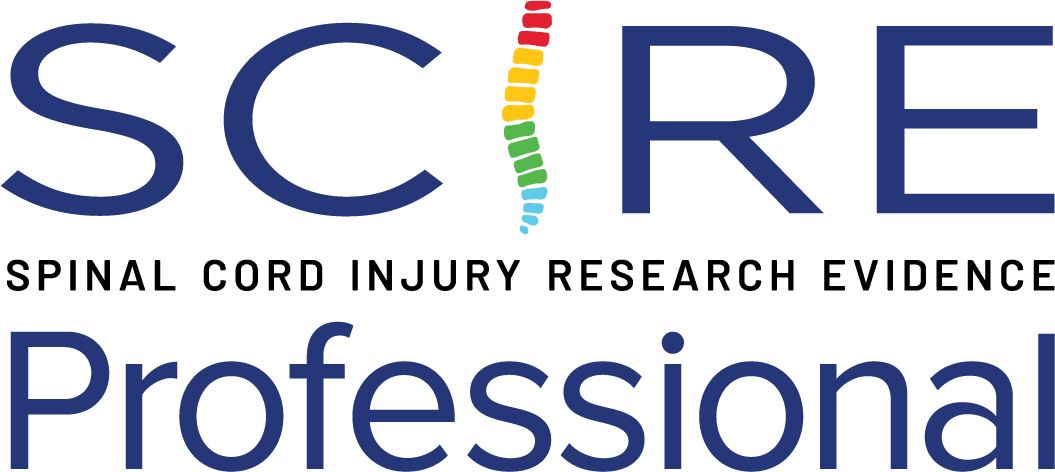Measuring Balance
Assessment of balance function in clinical settings can be performed using biomechanical instruments or clinical assessment tools (Arsh et al. 2021). A systematic review by Arora et al. (2020) found that there are clinical assessments that can be used to measure all components of balance following SCI; however, many research studies will also use instrumented assessments, such as inertial measurement units, force plates, or motion capture systems. Using such technologies allows for greater sensitivity in balance assessment, as variables such as sway, velocity, or force production can be evaluated; however, they are often costly and not widely available (Arora et al. 2020; Musselman et al. 2022). Therefore, instrumented assessments are valuable in research to gain a greater understanding of the impact SCI has on balance, but are less clinically feasible. Until more accessible and affordable options become available, it may be best for clinicians to focus on using validated clinical outcome measures (Arora et al. 2020):
Balance ability during some transfer activities, such as lateral seated transfers, sit-to-stand and/or stand-to-sit are assessed as part of the BBS, Activity-based Balance Level (ABLE), Tinetti, Mini-Balance Evaluation Systems Test (mini-BESTest), and Balance Computerized Adaptive Test (Balance CAT). Arsh et al. (2021) focused on systematically reviewing articles reporting the validity and reliability of diagnostic tests used to assess balance function in patients with SCI. The following 10 clinical instruments were reported: Functional Reach Test (FRT), Berg Balance Scale (BBS), Mini-Balance Evaluation Systems Test (Mini-BESTest), Function in Sitting Test (FIST), T-Shirt Test, Motor Assessment Scale item 3, Sitting Balance Score, 5 Times Sit-to-Stand Test, Tinetti scale, and Sitting Balance Measure. On the other hand, the Timed Up and Go (TUG) Test was included as a balance measure in Hosseinzadeh et al. (2024), which aimed to test the psychometric properties (reliability and validity) of outcome measures used to assess walking and balance in people with SCI.
